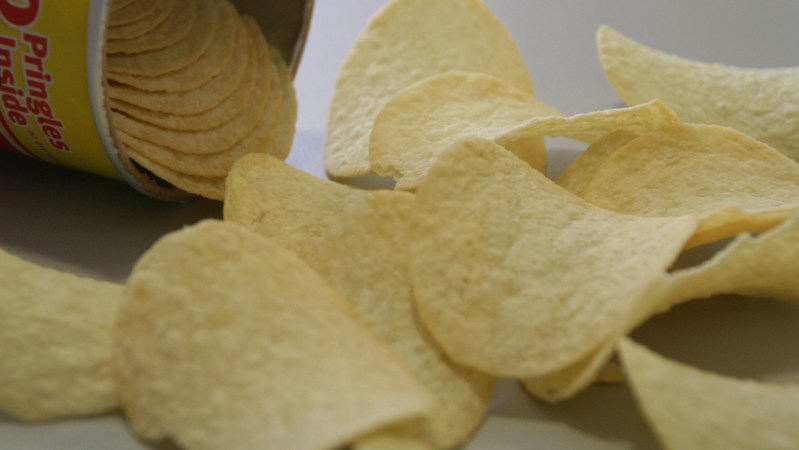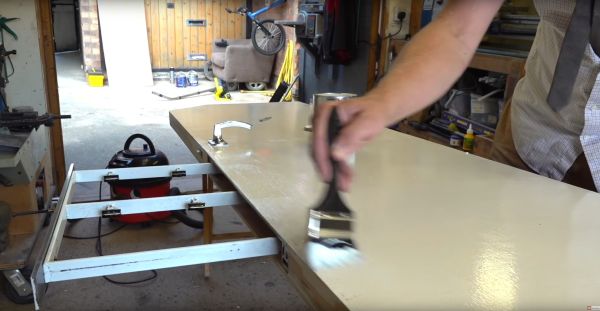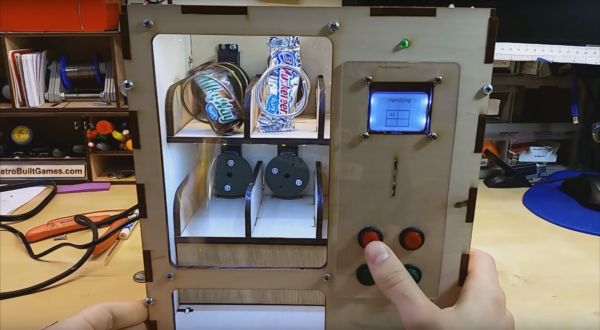We hear fables of how to restore the crispness to your crisp and the crackle to your crackers, but they are more hot air than some of the methods. We found one solution that has some teeth though, and it doesn’t require any kitchen appliances, just a pair of headphones. Keep reading before you mash potato chips into your Beats. [Charles Spence] co-authors a paper with [Massimiliano Zampini] titled The Role of Auditory Cues in Modulating the Perceived Crispness and Staleness of Potato Chips. It’s a mouthful, so folks refer to it as the “Sonic Chip Experiment,” which rolls off the tongue. The paper is behind paywalls, but you can find it if you know where to look.
The experiment puts participants in some headphones while they eat Pringles, and researchers feed them different sound waves. Sometimes the sound file is a recording of crackly chewing, and other times it is muffled mastication. The constant was the Pringles, which are a delight for testing because they are uniform. Participants report that some chips are fresher than others. This means we use our ears to help judge consumable consistency. Even people who knew all about the experiment report they can willingly fool themselves with the recordings.
What other foods would benefit from the augmented crunch, and which ones would suffer? If shapely food is your jam, we have a holy cookie which is probably best enjoyed with your eyes. If you prefer your Skittles organized by color, we have you covered.
Continue reading “Don’t Trust Your Ears For The Freshest Chips”














